by
SAHARA Co-Editors Jacqueline Spafford and Mark Hinchman, and Associate Editor Jeannine Keefer | Sep 26, 2023
This is a follow-up to the July highlights that examined automobiles in architectural photography. As a broad description of architectural photography, most photographers focus on the built environment, and consider the human figure secondarily, if at all. There are specific circumstances in which people enter photographs focused on buildings and landscapes. Sometimes it is impossible to capture a building without the presence of people. Sometimes photographers purposely include people for scale. Sometimes the building is so intrinsically connected to its users, such as a preschool or basketball court, that including people makes sense. How viewers of the photographs receive the inclusion of people changes with the passage of time. When decades have passed from the time of the photograph, people who seemed initially distracting become historical objects and can add historical context. This selection from the SAHARA collection has no examples of people posing purposely as models. Most of the people were simply there. Their effects on the resulting photographs vary considerably.
Please consider making your own contributions to SAHARA, with or without people.
To see more SAHARA content: sahara.artstor.org/#/login
To learn more about contributing, visit: sah.org/sahara
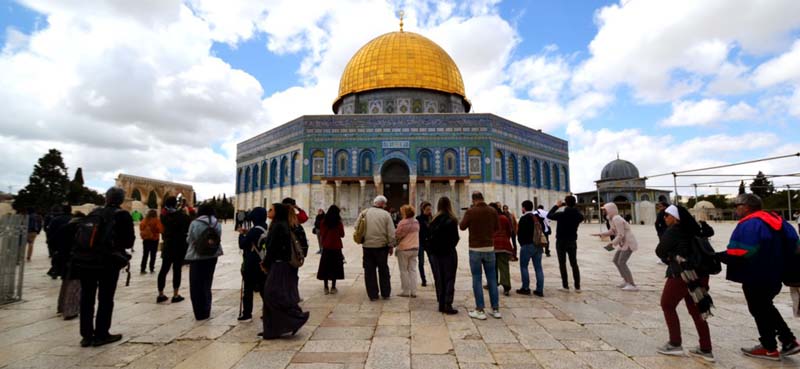
Dome of the Rock, Jerusalem, Palestine, 691–692 CE. Photograph by Aymar Mariño-Maza, 2019. SAHARA has multiple photographs of this heavily visited building, with and without people.
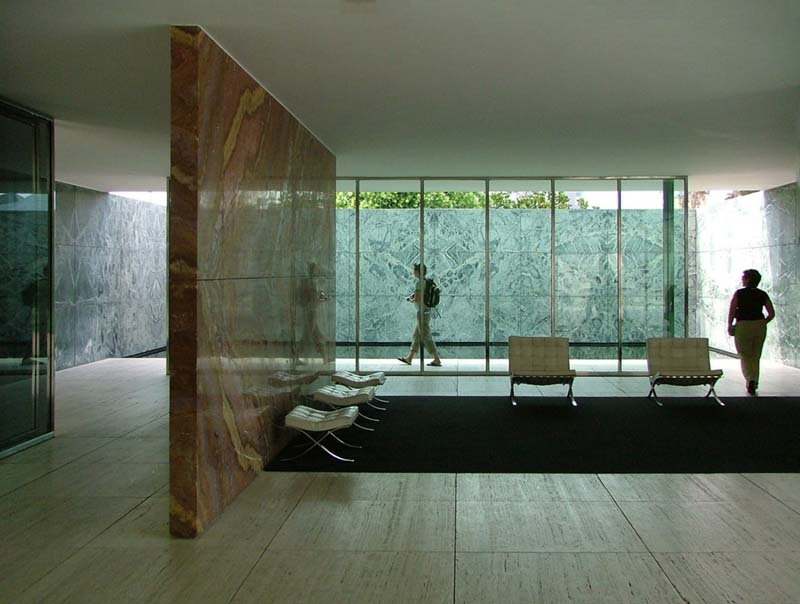
Mies van der Rohe and Lilly Reich, Barcelona Pavilion, Barcelona, Spain, 1929. The reconstruction dates to 1986. Photo by Peter Clericuzio, 2004. The photographer likely took advantage of the fact that these visitors to the pavilion add a sense of scale. They are captured in a way that compositionally makes sense.
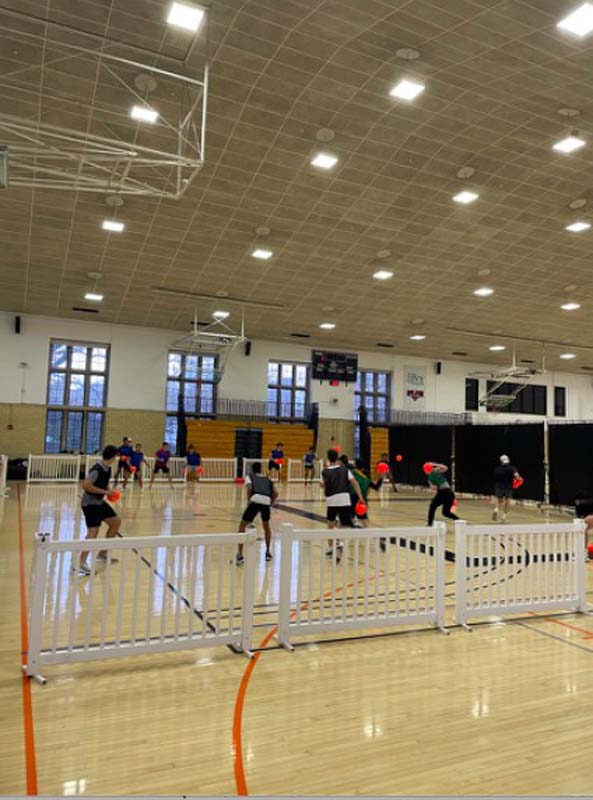
Aymar Embury II, Dillon Gymnasium, Princeton University, New Jersey, 1947. Photograph by Angelika Joseph, 2022. Embury was a Princeton graduate and taught architecture there. He designed multiple recreational facilities throughout his career, and the inclusion of basketball players in this photograph is logical in terms of presenting an integral aspect of student life.
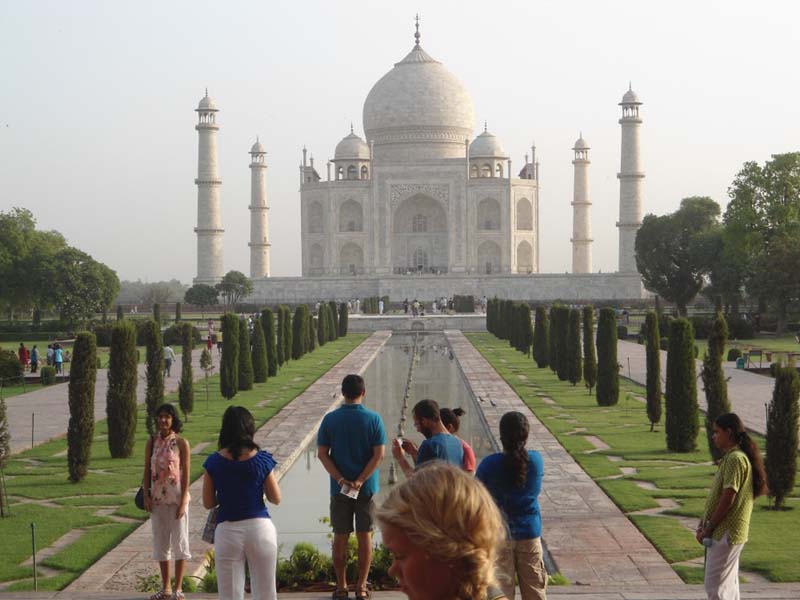
Ustad-Ahmad Lahori, Taj Mahal, Agra, India, 1631–1655. Photograph by Giulia Amoresano, 2012. This is one of the most photographed buildings on the planet, and there are multiple examples in SAHARA. Those with people present it as a well-loved tourist site. Those without people focus on its architecture.
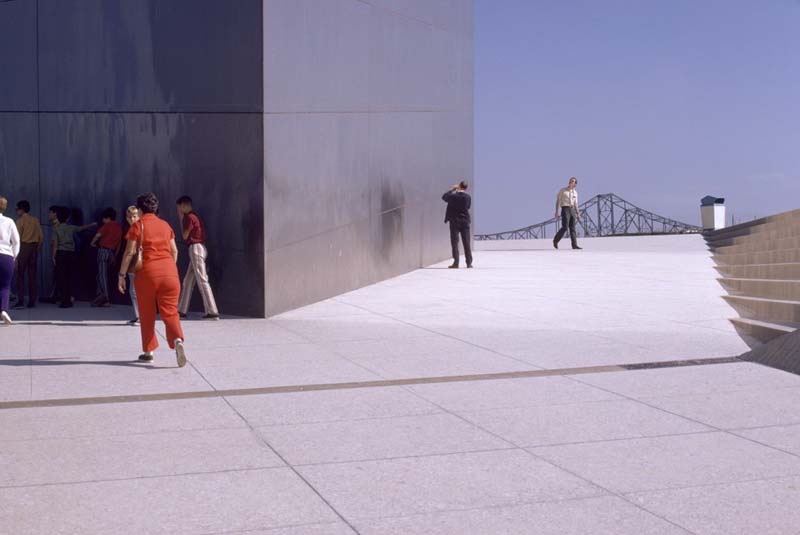
Eero Saarinen, The Gateway Arch, St. Louis, Missouri, 1962–1968. Photograph by George Edward Kidder Smith.
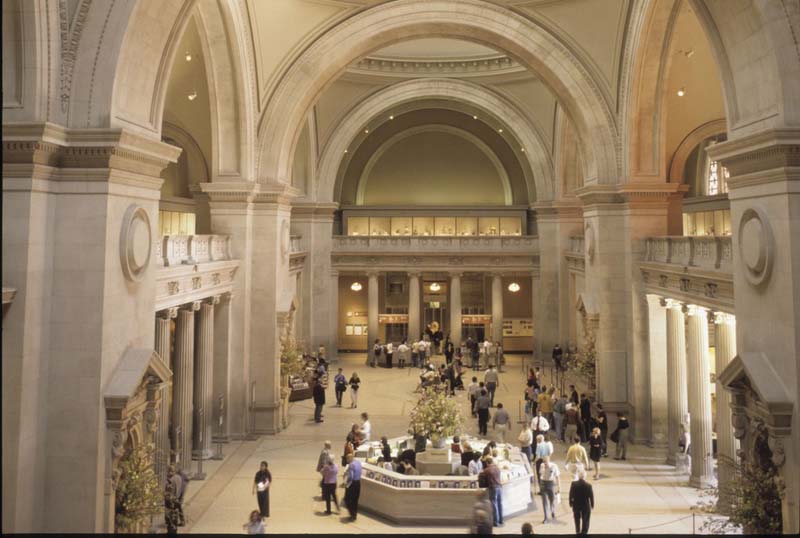
Calvert Vaux, Richard Morris Hunt, McKim Mead and White, et al. Metropolitan Museum of Art, New York, New York, 1870+. Photograph by Dell Upton 2002. There is a tradition of photographers photographing museums showing people looking at art, and this includes Stefan Draschan and Thomas Struth. Upton’s contributions to SAHARA include buildings without people, people captured who appear as if their inclusion were by accident or unavoidable and, as here, people purposely included to present a public institution in use.
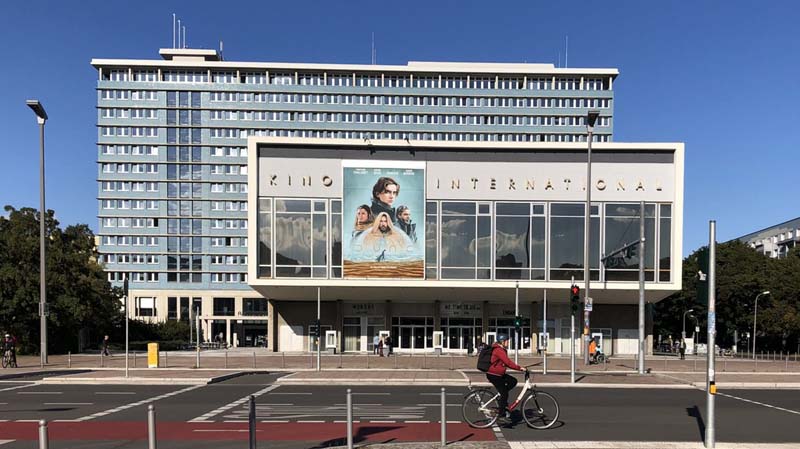
Josef Kaiser and Heinz Aust. Kino International, East Berlin, German Democratic Republic, 1963. Photograph by Sandus Al-Bayati, 2021. Kaiser was one of the leading East German architects, a field that he turned to after success as an operatic tenor. Al-Bayati’s photograph is the only photograph in SAHARA of this building, and the chance passing by of a bicyclist adds to the photograph. Even though the photograph was taken some 60 years after the building’s debut, it presents the context of what life was like in the East German capital city.
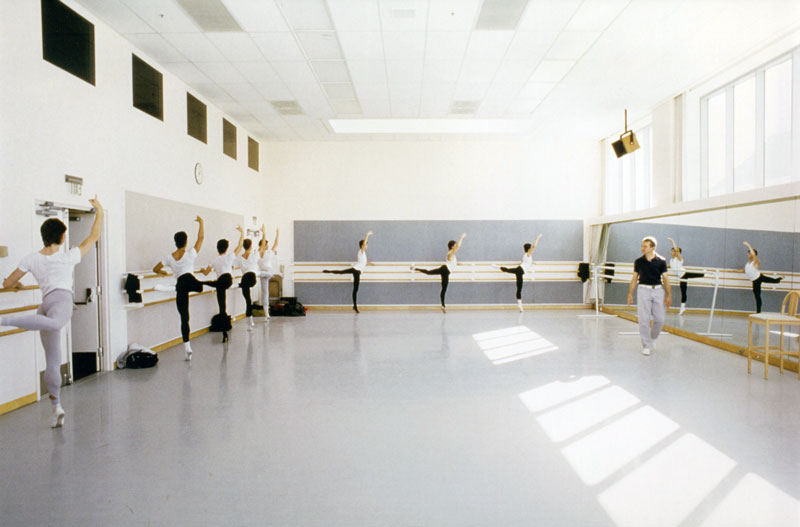
Beverly Willis, San Francisco Ballet, Civic Center, studio interior, San Francisco, California, 1982. Willis donated a significant portion of her professional photographs to SAHARA. For this one, the professional photographer Peter Aaron capitalized on the dancers’ position to give the room scale and to underscore its purpose as a dance studio.
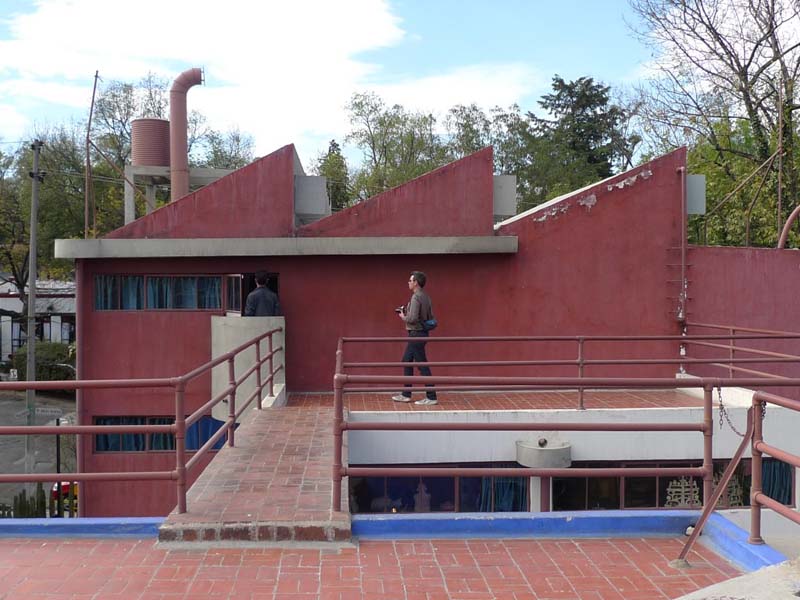
Juan O’Gorman, Casa-Estudio Diego Rivera-Frida Kahlo, Mexico City, Mexico, 1931. Photograph by Gabrielle Esperdy, 2009. Visiting one of the earliest modern buildings in Mexico City, Esperdy catches two tourists seemingly unaware of the presence of the photographer.
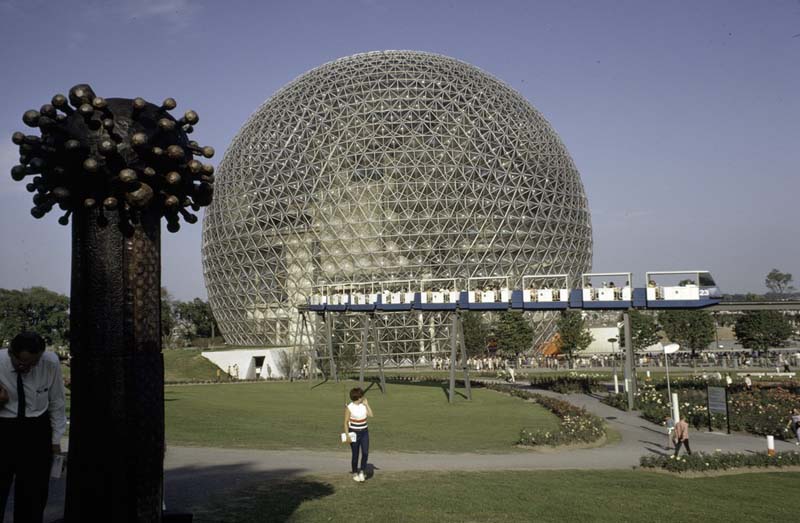
Buckminster Fuller, United States Pavilion, Montreal, Canada, 1967. Photograph by Richard Longstreth, 1967. This was one of the more prominent parts of the Expo 67. The bright colors of the dress of one of the figures is consistent with the popular fashion of the time. The photograph is carefully composed, with people in the foreground, middle ground, and background. The inclusion of people in the photograph captures the celebratory spirit of the exposition.